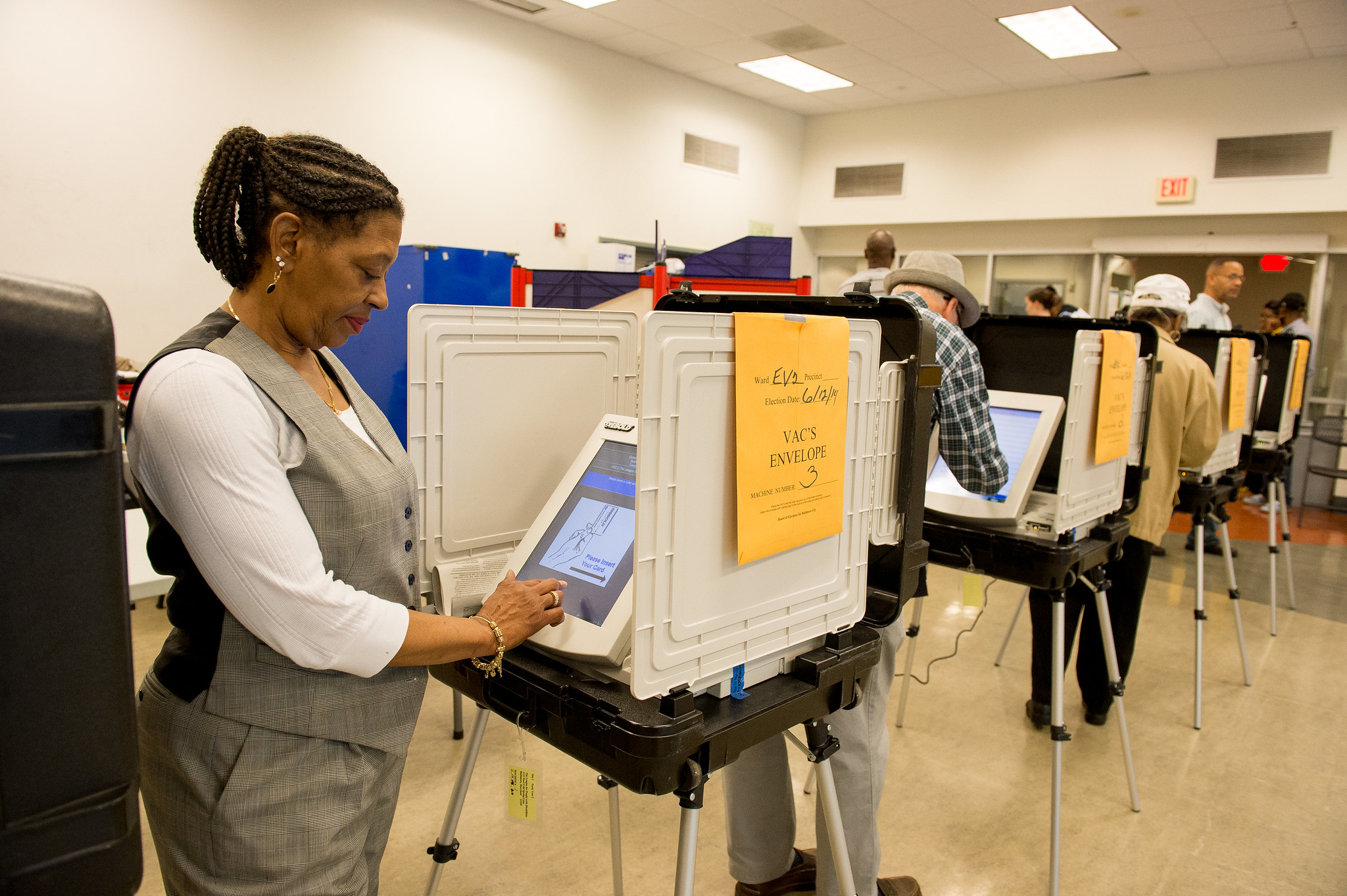Examples of sexism are rampant in the United States as demonstrated in our presidential contest, sexual harassment scandals, and other public-sector examples like the gender-wage gap. Let’s be clear—both women and men can hold sexist attitudes about women. Sexist attitudes usually include negative stereotypes that create barriers or unfair double standards for women. I have written about many ways that internalized sexism makes it difficult for women to support strong women leaders in my book, New Rules for Women: Revolutionizing the Way Women Work Together. Below are some examples of sexist attitudes currently on display. Gail Collins of the New York Times notes several instances of sexism in the current presidential race demonstrated by Trump and his supporters:
- Yelling. Collins notes that Trump and his supporters complain that Clinton yells too much. Collins also notes that Trump yells all the time. She goes on to explain that voice is a sensitive issue for women, who have learned that for their ideas to get heard, they must speak as assertively as men. Yet messages about the sound of women’s voices being unacceptable in public roles are deeply ingrained in our culture. Collins reflects that not too long ago, no women news anchors were on television because it was thought that no one wanted to hear the news from women’s voices. I remember being told when I was growing up that “women should be seen and not heard.” It seems this message is still operating in the underbelly of our culture.
- Being Weak. Collins notes that Trump and his surrogates like to describe Clinton as lacking in stamina. Nobody who watched Hillary Clinton as secretary of state can accuse her of lacking stamina. This is sexist code language reflecting a negative stereotype of women being too weak and indecisive to be leaders.
- Not Looking Presidential. Trump likes to talk about how he looks presidential because he is tough, and that Clinton is not tough and therefore does not look presidential. One of the other criticisms of Clinton has been that she is not feminine or emotional enough. This seems to be a classic double bind and makes me wonder if only men are allowed to be tough.
- Failure to Smile. Collins notes that Clinton has been roundly criticized for not smiling enough during debates. Really? This is actually a common critique of women in leadership roles in organizations as well. The same criticism is not leveled at male leaders. And besides, how can you communicate toughness (if this is what’s required to be presidential) if you are smiling all the time while talking about very serious matters of global importance?
- Kathleen Kennedy Townsend, former lieutenant governor of Maryland, writes that she endured many of the same sexist criticisms about her appearance that Clinton now endures, including unending criticism about her hair style, for not wearing heels or enough make up, and for wearing too many bracelets. Kennedy Townsend notes that we have no archetype for a powerful woman in our culture and few role models.
- Flexing influence
- Standing up for your beliefs
- Not acting according to feminine norms and expectations
- Wanting to win and going for it
- Rejecting the expectations, assumptions, and double standards that have always dogged women in American politics
 Donna Brazile writes in
Donna Brazile writes in